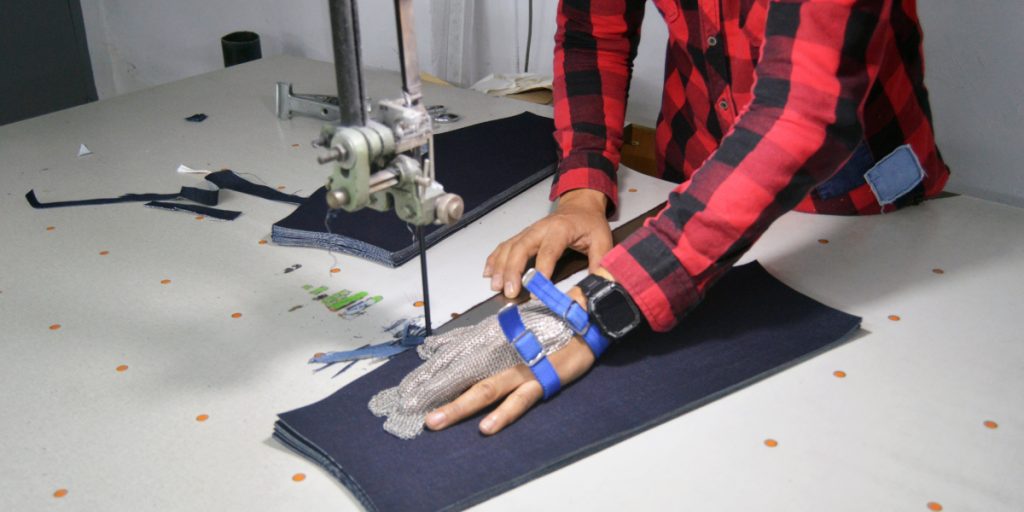In the apparel and textile industry, ensuring occupational health and safety is more than a corporate responsibility: it is a strategic investment that protects employees, ensures regulatory compliance and improves productivity. OHS plans are the basis for preventing occupational hazards, in addition to positioning companies as responsible and sustainable leaders in a competitive market where brands prioritize that their suppliers or garment producers seek specific actions taking care of the welfare of their workers from the spinning, laundry, cutting, sewing, finishing, washing, drying, ironing, finishing and packaging areas. In the same way in the maintenance department, warehouse with the handling of machinery such as forklifts and areas with electric generators or air compressors.

Compliance with Guatemalan law is mandatory in the industry, as well as with International Labor Organization (ILO) conventions ratified by the Guatemalan government in the area of OHS. In this context, proper occupational risk prevention becomes a key factor in identifying and evaluating these risks, implementing appropriate preventive measures to mitigate them, and reducing the number of work-related absences by creating a safer work environment.
Why are OHS plans essential?
Work environments in the industry involving machinery, material handling and intensive processes demand special attention to safety. Having a well-structured occupational health and safety plan in place helps:
- Protecting workers: Reducing accidents and occupational diseases.
- Comply with legal regulations: Avoiding sanctions and strengthening corporate reputation.
- Increase productivity: A safe and healthy environment promotes efficiency and team well-being.
- Ensuring sustainability: Proper management of occupational safety is a reflection of the commitment to sustainable development.

Regulatory compliance in Guatemala
In Guatemala, Governmental Agreement 229-2014 establishes the basis for implementing occupational safety systems, requiring companies in the sector to comply with:
- An OHS plan: Registered with MINTRAB-IGSS, detailing risk mitigation strategies.
- Certified monitors: Personnel trained to supervise safety conditions.
- A bipartite committee: To promote collaboration between workers and employers for risk prevention.
- Formal documentation: Such as the minutes book, authorized by MINTRAB or IGSS, to record progress and actions taken.
The Occupational Health and Safety structure is organized as follows:

The importance of updating and training
The work environment is evolving rapidly, and with it, the associated risks and challenges. For this reason, occupational health and safety plans must be reviewed and updated periodically to maintain their effectiveness and ensure regulatory compliance. This includes ongoing employee training and the implementation of measures tailored to the specific needs of each company.
Classification of occupational hazards: identifying the key areas
Risks in the industry fall into four main categories among these:
- Safety risks: These include falls, blows, entrapment, cuts, electrical hazards and fires.
- Hygienic risks: These include exposure to harmful chemicals and high noise levels.
- Psychosocial risks: Such as excessive workload, monotony or lack of social support.
- Ergonomic risks: Derived from the handling of loads, repetitive movements and forced postures. In fact, their materialization usually leads to the appearance of musculoskeletal disorders (MSDs), ranging from slight discomfort to serious or chronic pathologies that are difficult to recover from.

SSO: A strategic decision for the future
Investing in occupational health and safety not only complies with the law; it also protects employees, reduces costs associated with incidents and strengthens the company’s image.
Is your company ready to lead responsibly?
Visit our Occupational Health and Safety and discover how our services can transform risk management in your organization. The time to act is now. Protect your employees and ensure your company’s success. If you would like to learn more about occupational health and safety, require advice or would like to purchase our OHS Manual for the Apparel and Textile Industry, you can contact us through our website:


